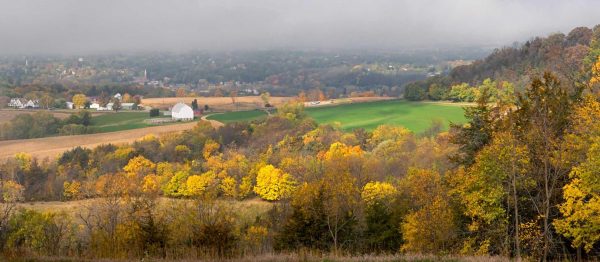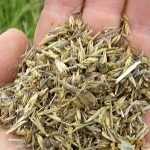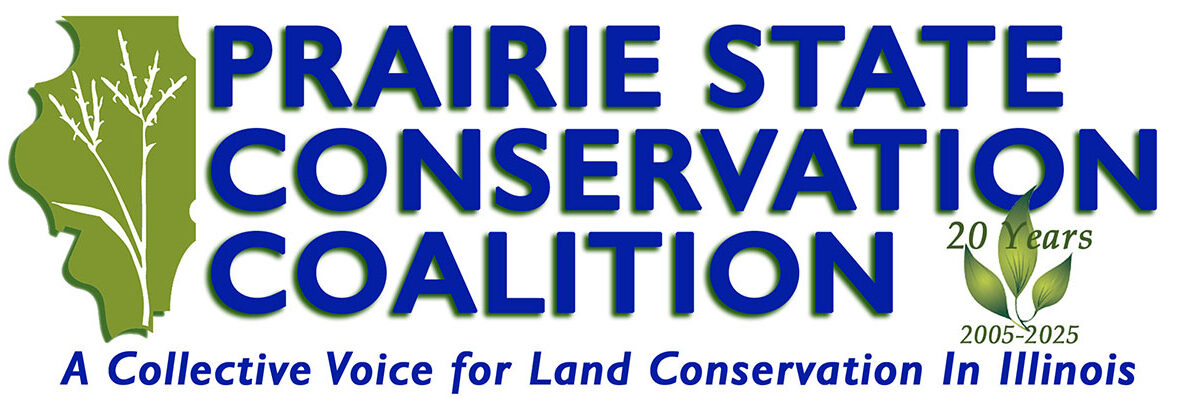 Photo by Rich Mattas
Photo by Rich Mattas
Roughly 50,000 acres of the 1.5 million total acres of conserved land in Illinois are owned by non-governmental conservation groups, also known as conservation land trusts.
Traditionally, land trusts protected land, restored it, and transferred it to government entities for long-term ownership effectively transferring the responsibility of land stewardship to those entities. While this “protect, restore, transfer” model is still practiced, budgetary constraints across levels of government have undermined the viability of this model.
Macro-economic and political issues have resulted in insufficient funding for governmental conservation agencies to purchase land from conservation land trusts. Furthermore, governmental conservation agencies may also lack sufficient funding to steward conservation lands that they’ve acquired.
This presents an opportunity to re-think the current model and develop innovative, sustainable approaches to support land protection in the state. However, data regarding the unmet need for land stewardship is scarce and few tools exist for conservation organizations to use to address these challenges.
Building on previous work, a team comprised of Delta Institute, Natural Land Institute (NLI), Jo Daviess Conservation Foundation (JDCF), Openlands, and Illinois Environmental Council (IEC), collaborated on a research project to understand and map out the current conditions of conservation organization-based stewardship in Illinois. The team’s approach utilized interviews and surveys from conservation organizations throughout the state. Analysis was organized into five main categories: stewardship capacity, partnerships, funding and financing, policy, and behavioral and organizational dynamics.
Explore details of the study and related resources at the Delta Institute website HERE.
